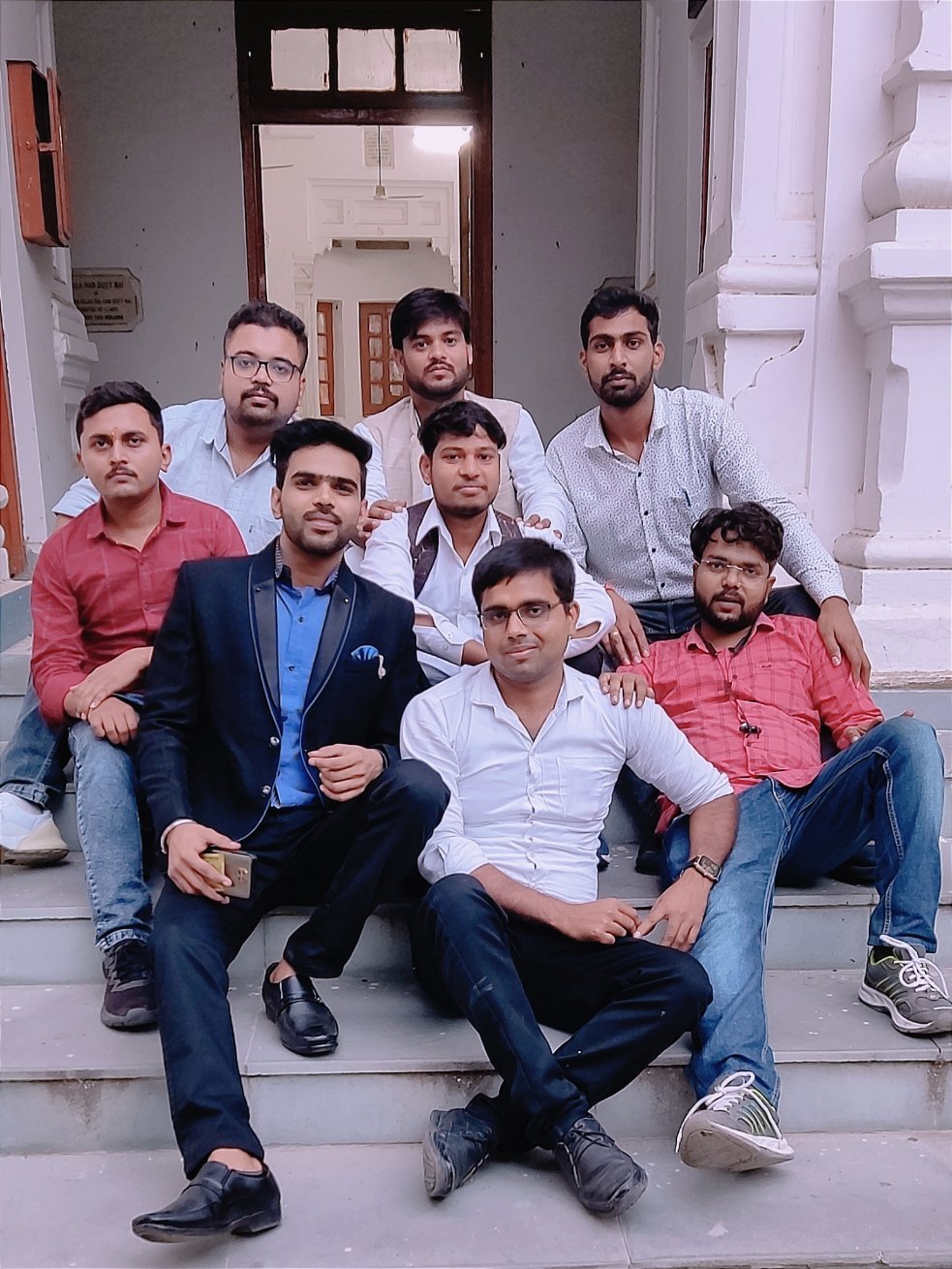The Supreme Court of India: Guardian of Justice and the Constitution
The role of the Supreme Court as guardian of the Constitution of India
The Supreme Court of India, the apex judicial body in the country, stands as a symbol of justice, democracy, and the rule of law. Established on January 28, 1950, the same day India's Constitution came into effect, the Supreme Court holds a paramount position in upholding the principles enshrined in that very Constitution.
Historical Significance:
The origins of the Indian Supreme Court can be traced back to the Regulating Act of 1773, which established the Supreme Court of Judicature at Fort William in Calcutta. However, the modern Supreme Court, as we know it today, was established under the Constitution of India.
Jurisdiction and Role:
Guardian of the Constitution:
The Supreme Court's primary role is to ensure the protection and interpretation of the Indian Constitution. It safeguards the fundamental rights of citizens and reviews laws that may violate these rights.
Final Court of Appeal:
It serves as the highest court of appeal, both in civil and criminal cases. Decisions made by lower courts can be challenged and reviewed by the Supreme Court.
Advisory Jurisdiction:
The President of India can seek the Supreme Court's advice on important legal and constitutional matters.
Writ Jurisdiction:
The Supreme Court has the authority to issue writs for the enforcement of fundamental rights. This power is crucial in protecting individual liberties.
Interpreting Laws:
The Court interprets laws and ensures their uniform application throughout the country.
Composition:
The Supreme Court consists of the Chief Justice of India and a maximum of 34 judges. Judges are appointed by the President of India based on the recommendations of the collegium system, which includes the Chief Justice and senior judges of the Supreme Court.
Landmark Decisions:
Over the years, the Supreme Court has delivered numerous landmark judgments that have significantly impacted Indian society. These include decisions on issues like environmental protection, women's rights, minority rights, and political matters.
Challenges and Reforms:
Despite its vital role, the Supreme Court has faced challenges, including a backlog of cases and concerns about transparency and accountability. Reform efforts have been ongoing to address these issues and enhance the efficiency of the judicial system.
Conclusion:
The Supreme Court of India is the custodian of justice, ensuring that the rights and liberties of citizens are protected, and that the Constitution is upheld. It plays a pivotal role in shaping the legal landscape of the nation, making it an indispensable institution in India's democracy.
As the guardian of the Constitution, the Supreme Court continues to evolve, adapt, and deliver justice to the diverse and dynamic society it serves.
%20(1).png)





![[Kanpur University] LLB First Semester Syllabus and Question Papers | 3 Year LLB](https://blogger.googleusercontent.com/img/b/R29vZ2xl/AVvXsEjcciQs2K-CU6V_EPIHDsNFmoC-pWGRY2_cAm8k-BhaWaglo7G3Xn-3ooCLDmotzImEXcwKHfwZVYWTwU-V-IMFu_7XpVgrC5bp6PTt6pC7jjHWLNEjN8kIQiMo8BPZetcQ7tXLPtsRAOhrV7roH4jDFvwdPpxjGfH6X-vZ2GB1qeGneYtVLSOpkTqPgZTw/w72-h72-p-k-no-nu/syllabus.jpg)
.jpg)
0 Comments
Thanks For Comment!